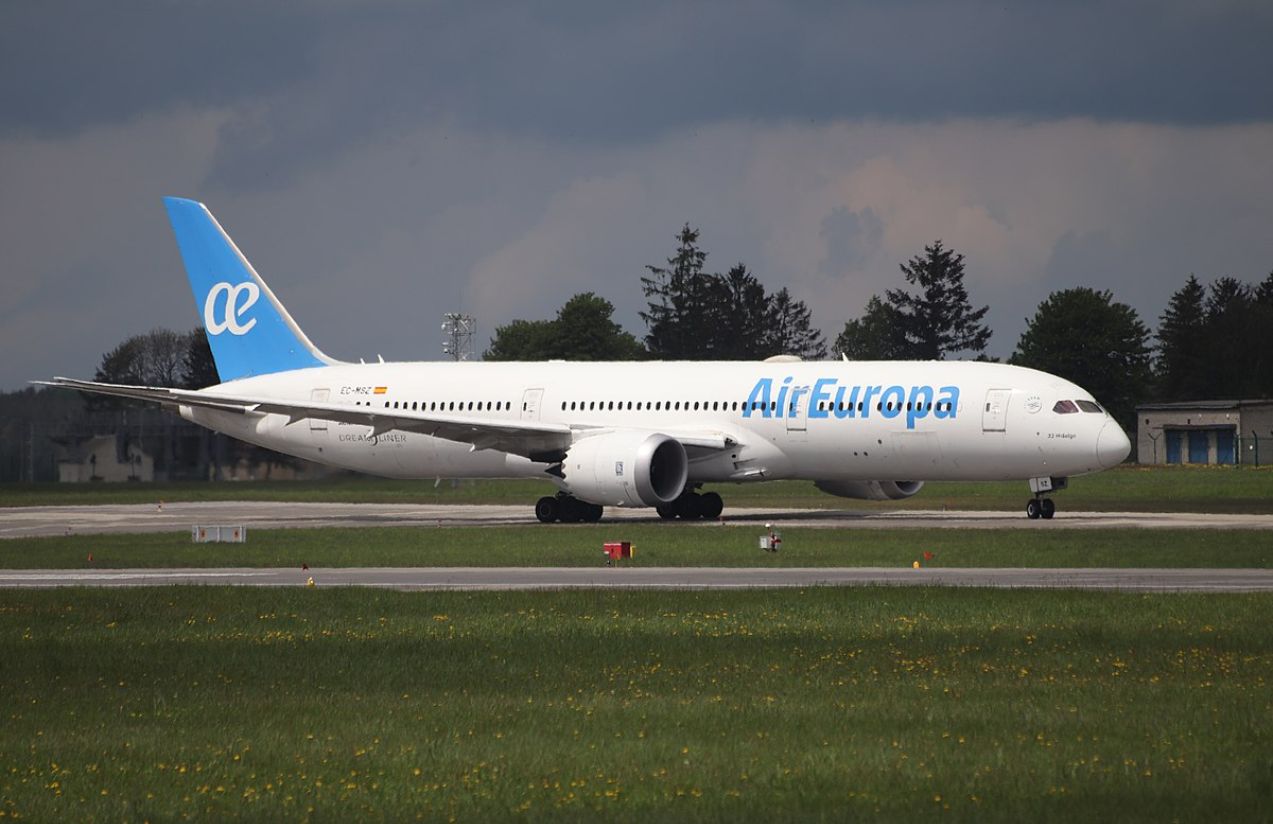An Air Europa flight bound for Madrid was forced to make two emergency landings on Monday at Asunción’s Silvio Pettirossi International Airport in Paraguay, due to technical issues that prevented it from completing takeoff. The aircraft, a Boeing 787-900 carrying 272 passengers, had its flight ultimately canceled after a series of incidents both on the ground and in the air.
According to the National Directorate of Civil Aeronautics (Dinac), the plane first took off at 1:15 p.m. local time but returned to the airport just ten minutes later due to a reported technical anomaly. As part of standard safety procedure, it circled the northern area of the airport for about 20 minutes to burn off fuel before landing. After a technical inspection, the aircraft attempted to depart again at 4:11 p.m., but a second malfunction forced the pilot to repeat the emergency process.
On both occasions, the pilot issued a “PAN-PAN” alert—an internationally recognized signal indicating an urgent situation requiring immediate attention, though not posing an imminent threat to life. This priority communication allowed for coordinated, controlled landings between the crew and ground personnel.
During the second attempt, the aircraft flew over Paraguay’s Chaco region to dump fuel before returning once again to the runway. The final landing occurred around 5:00 p.m., after which the airline officially canceled the flight.
This is not the first such incident involving Air Europa in Paraguay. Last December, another flight—this one originating from Córdoba, Argentina, also en route to Madrid—was forced to make an emergency landing at the same airport due to an engine failure. That aircraft was carrying 284 passengers.
Both events triggered alarm among passengers and airport staff, and have highlighted ongoing technical challenges on long-haul routes. They have also renewed scrutiny over the emergency response capabilities of both the airline and local aviation regulators.

